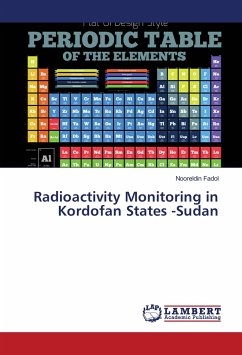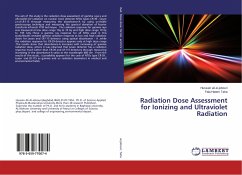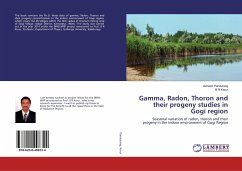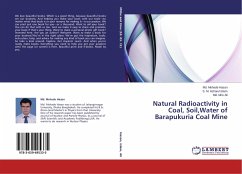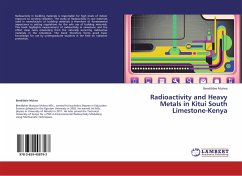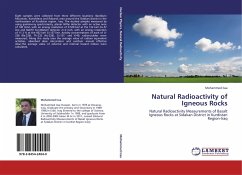
Radioactivity levels of basic foodstuffs and dose estimates in Sudan
Versandkostenfrei!
Versandfertig in 6-10 Tagen
32,99 €
inkl. MwSt.

PAYBACK Punkte
16 °P sammeln!
The studies of radionuclide distributions in foodstuffs and the environment provide vital radiological baseline information. This is essential in understanding human exposure from natural and man-made sources of radiation and also necessary in establishing rules and regulations relating to radiation protection. Another important fact is the importation of contaminated food from a region that affected by a major nuclear accident can indirectly affect people health anywhere. In this book result of investigations of natural and man-made radionuclides in most of foodstuffs consumed in the Sudan de...
The studies of radionuclide distributions in foodstuffs and the environment provide vital radiological baseline information. This is essential in understanding human exposure from natural and man-made sources of radiation and also necessary in establishing rules and regulations relating to radiation protection. Another important fact is the importation of contaminated food from a region that affected by a major nuclear accident can indirectly affect people health anywhere. In this book result of investigations of natural and man-made radionuclides in most of foodstuffs consumed in the Sudan determined by gamma spectrometry is reported. Estimate of the annual effective dose due to ingestion of radionuclides is presented in comparison with similar studies globally. Details of foodstuff categorization based on its type, origin and consumption is presented. The reported analyzed radionuclides included U & Th series, K and Cs. Investigations showed effective dose up-to 6.5 mSv for young which are relatively high compare to ICRP recommendations. The book also addresses the issue of developing national limits of foodstuffs (intervention levels) based on the establishment of baseline data




